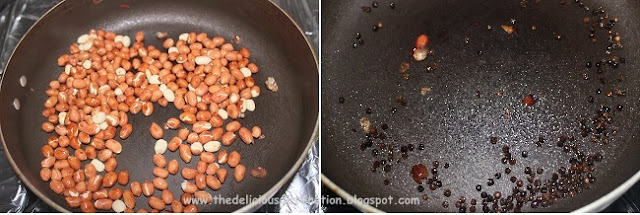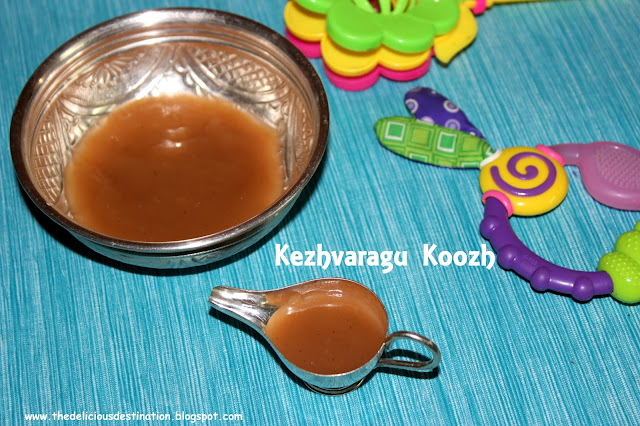So !? One of my New Year resolutions for 2019 is to bring my blog out of a year long hibernation. The recipe that is going to revive my blog out of its dormancy is a traditional sweet of Kerala - "Chakka Varatti" which in the human readable language is simply "Jackfruit Jam"
Though I had wanted to make this and post it in my blog from a long long time, I couldn't do so reasonably sooner, because - we do not find good quality jackfruits in the USA & even if we do, I am not adept in opening a jackfruit like the way it is shown in a song in the Pithamagan movie :P
As a workaround, when I went to India last time, I tookup the project, yesss you heard me right ! 'The Project' of making Jackfruit Jam, so called Chakka Varatti. I remember those good old days when my grandma was hale and healthy and would make this recipe during most of the summer holidays when my cousins used to visit us at Pondicherry. (Yes of course, I found a way to bring my hometown into the blog) She used to put a spoon of Chakka Varatti on our palm and we used happily lick it clean !!
Wish you all a very happy, healthy, prosperous and successful New Year 2019 !!
Over to the recipe now !
Prep Time: 45 mins || Cook Time: 45 mins || Category: Jams/Spreads/Sweets || Serves: Depends on how much one eats !
Ingredients:
1. Jackfruit flesh - 70 to 80 pieces
2. Jaggery syrup - equal amount as that of ground jackfruit flesh.
3. Ghee - 4 to 6 tbsp
4. Cardamom powder - 2 tsp
Method:
1. Smear gingelly oil on the palm and cut open the whole jackfruit to separate the jackfruit flesh individually & de-seed them. Chop the jackfruit flesh into fine pieces (if not grinding) / into coarse pieces (if grinding).
2. Pressure cook the fruit pieces for 2-3 whistles, sprinkling some water just enough for it to be cooked. Allow it to cool completely and then grind it to a fine paste.
3. Meanwhile make sugar syrup by adding water just to immerse the jaggery. Filter the jaggery syrup to remove impurities. let the syrup come to 1 string consistency.
4. Add in the jackfruit paste to the jaggery syrup and mix well stirring constantly.
5. Keep stirring till it reduces in volume, starts to bubble and become glazy. Add a spoon of ghee periodically and keep stirring till it is cooked completely and forms a thick sticky mass. Add cardamom powder & switch off the flame after mixing well.
Suggestions:
- Use dark colored jaggery to get the perfect color.
- Adding cardamom is optional.
- In the traditional method, the fruit flesh is chopped to fine pieces and added directly to the jaggery syrup and mashed well while stirring.
- Getting a few small pieces of the fruit here and there gives a good texture to the jam.
- Add ghee generously till the jam glazes.
- Tastes more delicious after 1-2 days after the jam is made.
- Keeps well in the room temperature for about a week. Use a clean and dry spoon when handling.
- Can be frozen or refrigerated & used in Payasam / Ilai Adai etc.



















































